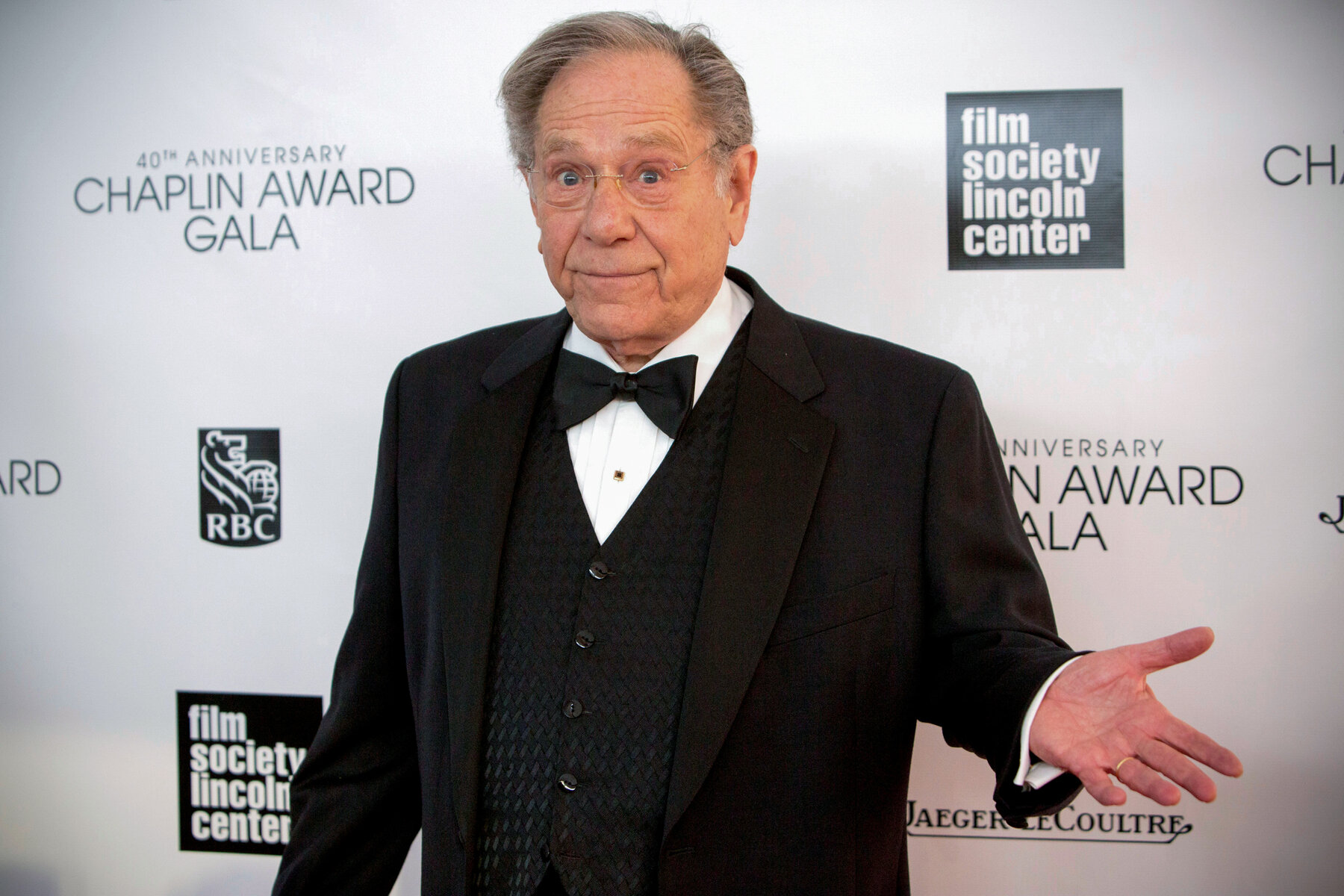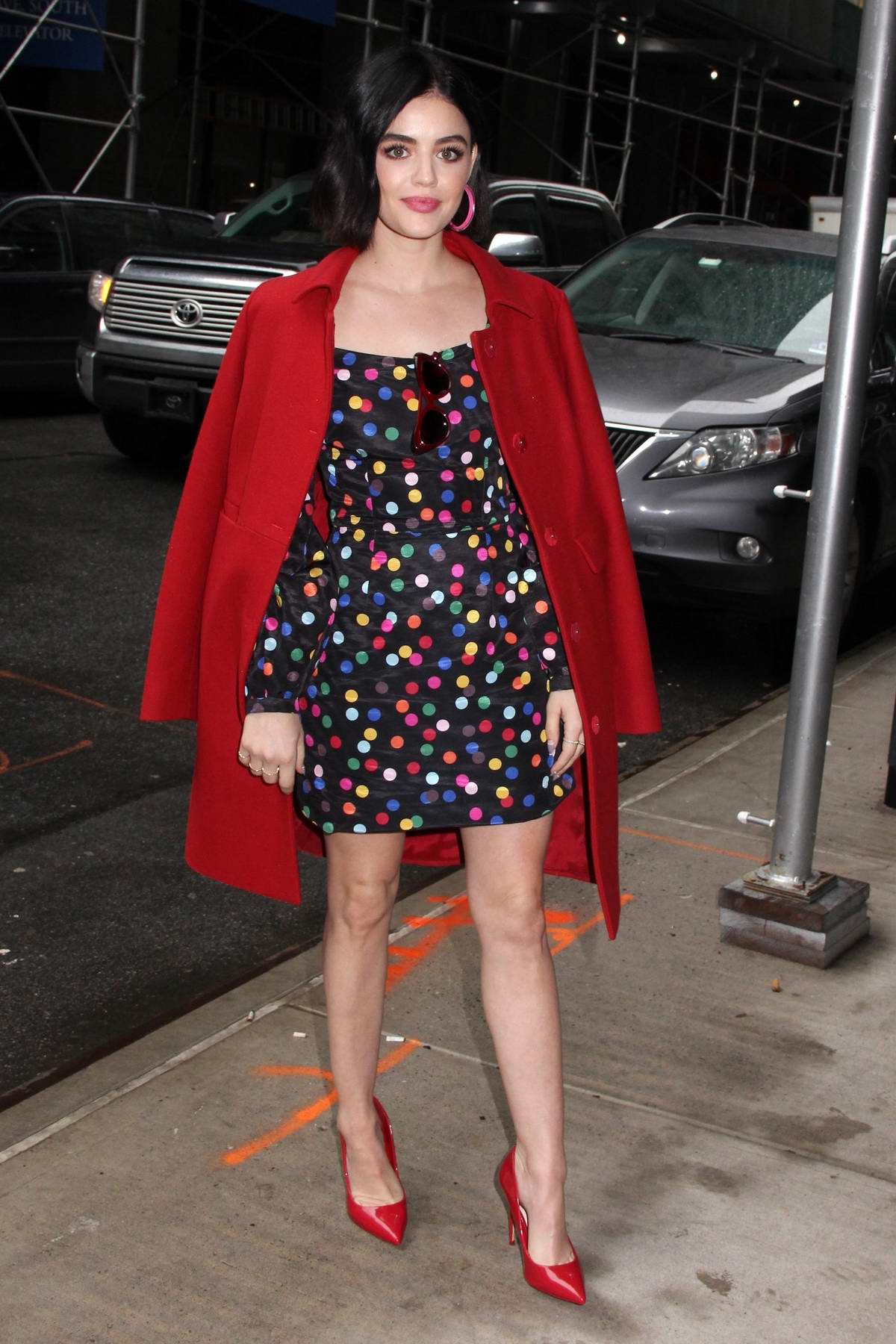
The economy is dependent on the media and cultural industry. This article will examine the economic importance of these industries. The article will also explore the impact of television, music, and fashion. It will also look at the impact of television and radio on the culture business. This article is designed for people with an interest or knowledge in these industries.
The economic significance of media and cultural industries
Modern economies are dependent on creative industries. They produce services and goods that are commercially viable, either directly to the consumer or through intellectual property. These industries typically combine the arts, media, and design industries and focus on globalization and convergent digital technologies. Interest in these industries has been around since the 1940s, but it has only recently become a topic of academic and policy interest.

The creative and cultural sectors are inclusive and often disproportionately filled by young women and girls. Women accounted for nearly half of all music industry workers in 2014. UNDP/HDRO's report found that women account for almost half of all creative goods and services made in developing economies.
Influence music industry on culture industry
Music is a global industry. The most important period for accumulation was between 1960 and 1970, when it went from Beatlemania to disco. These years were marked by conflict between countercultural artists and the recording business. The music industry has seen a renaissance in the past decade.
The development of digital playback technologies enables music to be listened to in a number of different ways. The evolution of streaming services and internet connectivity has changed how we listen music. Many consumers have expressed their appreciation for this improvement in accessibility.
Influence on culture industry by the film industry
The film industry is a major influencer on culture. Films often reflect a society's values and culture. Its films frequently take positions on current affairs and can create controversy in every part of the country. A film with a good story can enhance a viewer’s knowledge of a particular culture.

The film industry has a special place in the hearts of many people. Its impact on society was felt for the first time in 1920. People went to the movies in record numbers. On Sundays, more people saw movies than they did to church. This change changed the way that people saw the world.
FAQ
What are some positive aspects of pop culture?
Pop culture has some positive aspects. Pop culture can be used to spark conversation. Also, it helps people express their creativity. Pop culture can be used by artists to promote their works.
Pop culture brings people closer together, which I believe is the best part. Everyone wants the same show. Everyone likes the same music. Everyone likes the same movies. Pop culture makes it easy to connect.
Not all pop culture is healthy. Some films glorify violence, for example. Some television programs make fun at people with mental disorders. Some bands even encourage their fans to use drugs.
What can we do about pop culture's negative aspects?
We should avoid negative aspects of pop culture. We shouldn't let it influence us. It can have negative effects on our health. It can lead you to crime. It can even lead to a loss of love.
Pop culture can also be a source of help or harm to society. Are its values being promoted? Are people being influenced into doing bad things?
Lastly, let's ask ourselves if we are content with the world we live. What music do you like? The TV shows we watch? The clothes we wear?
If we care about our future, we must take responsibility for our actions. The first step is to decide the type of world we want. Once we have decided what kind of world we want, then we can choose the best pop culture.
Are Tik Toks pop culture?
Yes, it is! It's not just for teenagers anymore. You can make these short videos for anyone.
It is used by over 200 million people every day around the globe. This number is growing by millions every day.
TikTok gives brands the opportunity to build meaningful relationships and connect with customers through this amazing platform.
TikTok is also home many influencers, who have built large followings on the platform. These creators create original content to engage audiences all over the globe.
Don't wait! These are the four best ways to profit from this trend.
-
Make Viral Content
-
Engage Influencers
-
Use Visuals Effectively
-
Creativity with Your Audience
What are examples of pop culture in 2021?
On the 11th of September 2001, two hijacked aircraft crashed into the twin towers at the World Trade Center in New York City. This would be known as September 11, 2001.
The popular culture was impacted by these events and continues to be today. It is easy to see how this event has impacted our lives in many different ways.
This includes television shows such as 24 and movies such as United 93, which tells the story of what happened during the flight from Boston to Los Angeles on 9/11. Dexter Filkins' The Forever War book is included.
Everybody can recall exactly where they were when the attack occurred. Some people got up and went outside, while others read the newspapers or watched TV.
Pop culture is constantly evolving. Pop culture is a reflection of society and an inspiration. What will happen to popular culture in the next year? It's too early to tell. It will be completely different than the one before.
What are some examples pop culture trends for 2020?
The music industry is changing rapidly, and this year we saw artists such as Billie Eilish, Post Malone, and Travis Scott all reach number 1 on Billboard's Hot 100 chart. This was an extraordinary feat for any artist.
The same applies to streaming services. Spotify reported that Spotify streamed more 10 billion hours audio content last year. It's 5x more than the content users were listening to five years ago.
This has led to a dramatic shift in how media is consumed. Now, more people consume content than create it.
Today everyone from toddlers to retirees has access to a device capable of playing back high-quality audio content. Anyone can now record, edit, remix, and publish their music.
To play your favorite song you don't have a degree in classical music theory. It's easy to download an app and add your voice. Then upload the videos to YouTube.
Don't worry if your not interested in making music. You can always watch other people do it. You can find countless channels that make videos of songs, from parodies to covers.
What are examples of pop culture today?
Pop Culture is the art form of the 21st century. Pop Culture encompasses all types of popular entertainment: music, film and TV, video games fashion, advertising, comics, and more. This term was created by Neil Postman, author of Amusing Ourselves and Death (1985). Pop was a method of mass communication using cheap tricks and formulaic techniques to create an illusion that spontaneity and uniqueness.
He did however point out that most people don't feel genuine enjoyment because they are trained to seek media experiences which make them feel superior. In addition, he argued that this type of cultural expression had contributed to the loss of critical thinking skills among young adults.
Pop culture can also refer to popular culture and consumerism.
What can pop music teach us?
Our society today values material things over everything else. This is especially true with young people. They spend hours a day staring at screens. They spend hours looking at screens, playing video games, and surfing the internet. They lose focus of school work because they are constantly distracted by these distractions. This causes them to fail classes.
In today's world, everyone wants to be accepted. That means being popular. Popularity is dependent upon having money, clothes and other possessions. This causes some people to do things they don't like.
We are too dependent upon technology. Technology has given us access to all kinds of information. Not all information is correct. Many false rumors circulate on the Internet. These rumors quickly spread because people share them through social media. It's easy just to post something and not verify its authenticity.
People have lost the ability of thinking critically. They trust everything they read online. They believe what they read in magazines or on TV. They stop thinking for their own sake. They follow the crowd instead.
When we rely on others to tell us what's happening, we lose control over our lives. Pop culture teaches us to depend on others. It also makes us lazy. We don't always see the truth, but it is there.
Who was the first to coin the term Pop Music
Frank Zappa created it. His style of music was described by Frank Zappa using the term pop music.
He said that he wanted music to appeal to everyone. His music is called pop music because of this.
Zappa also invents the phrase "You'll know it's pop when ..."". It means that something is extremely popular if you have many people enjoying it. For example, Michael Jackson's Thriller album is one of the best-selling albums ever.
Zappa's definitions are very different to the present definition of pop music. Pop music encompasses all types of music. However, back then only certain music was considered popular.
Statistics
- Less than a decade later, that statistic rose to 90% (Dager, n.d.). (socialsci.libretexts.org)
- For example, the term hater meaning someone who strongly undermines or criticizes others, often due to pathetic jealousy, likely emerged from hip hop culture, such as the term playa hateras, used by influential rapper Biggie Smalls as early as 1995. (simplicable.com)
- Latinos represent roughly 19% of the U.S. population. (npr.org)
- According to Kathryn Sorrells (2013, pp. 142-144), there are several ways that we can become informed consumers of popular culture. (socialsci.libretexts.org)
- According to Dictionary.com, popular culture, or low culture as it is sometimes referred to is comprised of the “cultural activities or commercial products reflecting, suited to, or aimed at the tastes of the general masses of people” (7/21/19). (socialsci.libretexts.org)
External Links
How To
What is pop culture you can access via media technology
It is all around us. It is everywhere.
Popular culture influences our lives. Our lives are influenced greatly by what we read in magazines, listen to on radio, and hear at concerts. We watch TV series, play video games, go shopping, hang out with friends, attend parties, meet people online, and spend time surfing the Internet.
It doesn't make something popular, but it does not necessarily mean that it's good news for your business.
Media technologies are here to help. They allow us to have access to popular culture and connect with customers.
Media technologies can be used to:
-
Create content about products and services
-
Engage audiences with their favorite musicians, actors, and authors
-
Promote brands and business
-
Send advertising
-
Track consumer trends
Popular culture is essential if your goal is to create brand awareness, attract new customers, increase sales, and boost customer loyalty. And you can do so by accessing media technologies.